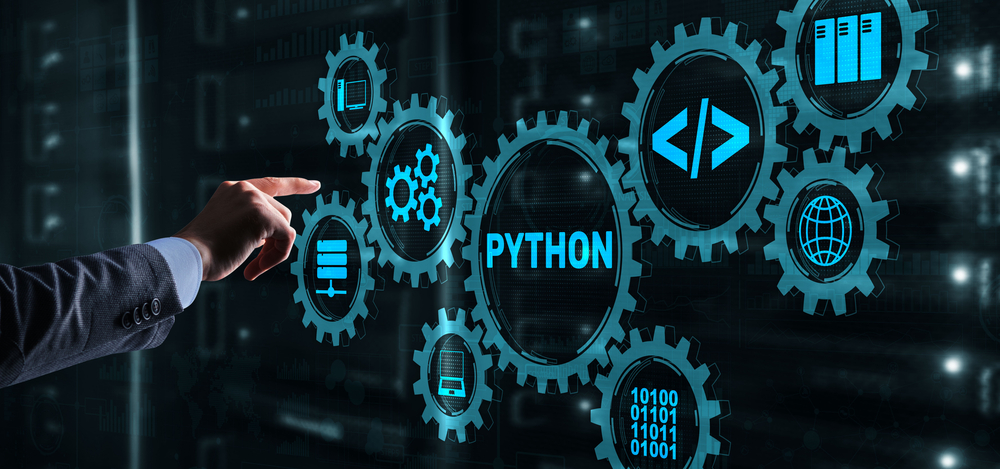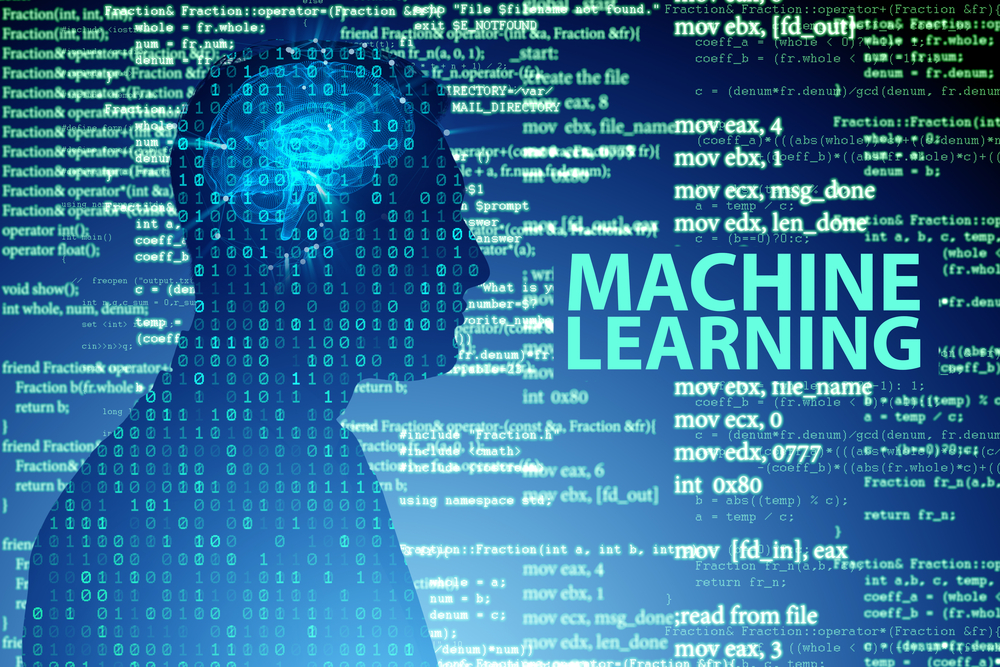So you want to be a master developer, huh?! With the demand for developers increasing and the attractive pay that these professionals attract, it’s not surprising.
But where do you start building your programming skills? Learning programming languages like Python is usually a great starting point. But how long does it take to learn Python?
Depending on your dedication and how much time you give to your training, learning the basics of Python can take you between two weeks to a few months, with many more months needed to fully master the programming language.
But with the right tools and resources, you might be ready to take on your first programming tasks sooner than you think.
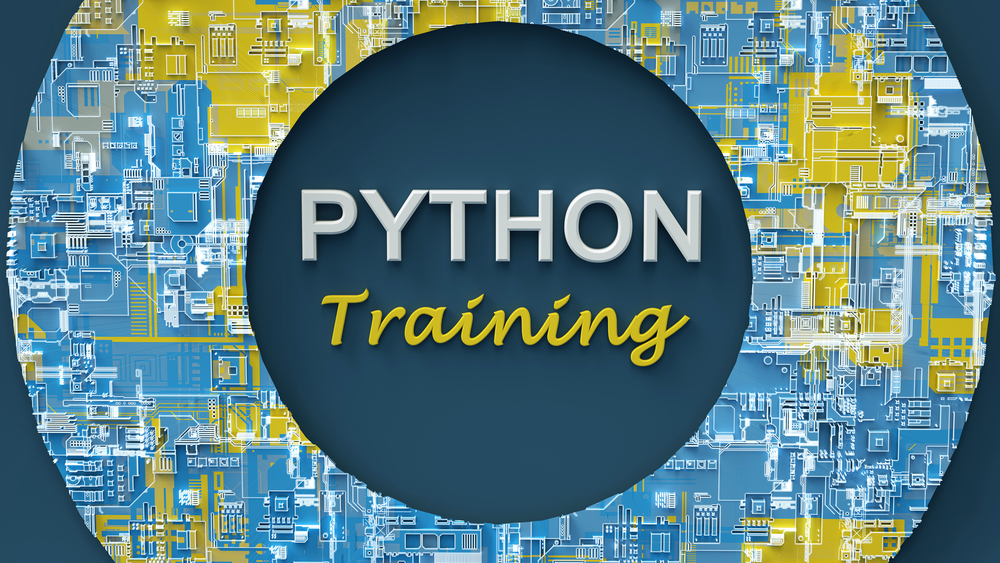
This article will give you a straightforward map for your Python learning journey, with all the information you need to know about what you should be learning.
We’ll also look into where to get the best training, and what you have to look forward to in the job market when you are ready!
So let’s start at the beginning and define what Python is and what Python basics you need to learn!
What is Python?
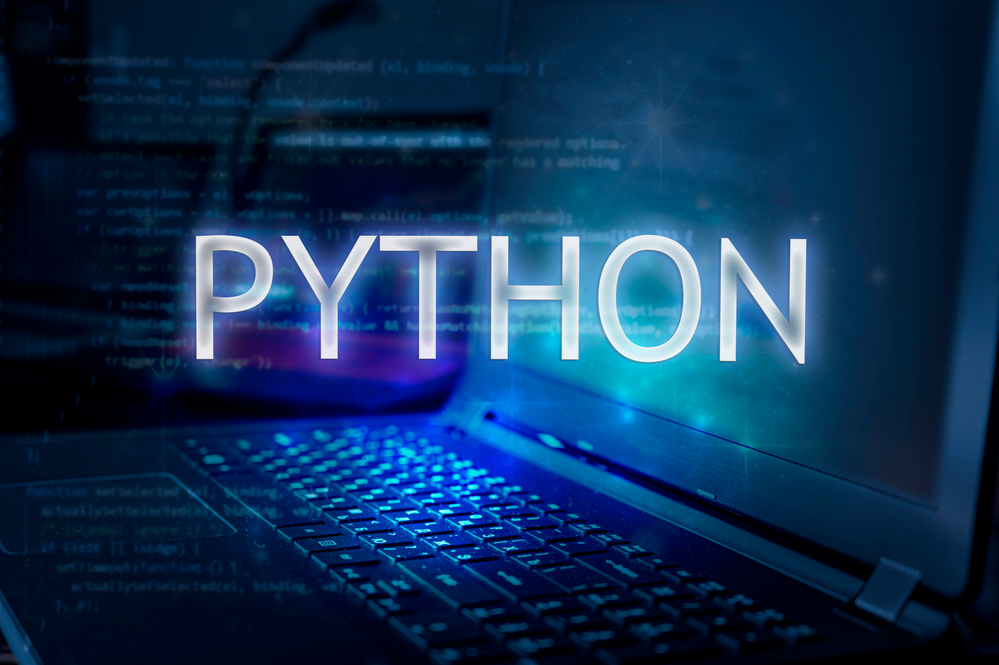
Python is an open-source programming language that’s versatile and beginner-friendly. It has gained immense popularity in recent years and is currently sitting at the top position on the TIOBE Index, a ranking of the most popular programming languages
Some of the key reasons behind its popularity are:
- Its clean and readable syntax, which feels almost like writing plain English. This makes it incredibly approachable for newcomers and helps you focus on solving problems rather than getting tangled up in complex syntax rules.
- Its rich ecosystem of libraries and frameworks. These tools make it possible for users to accomplish various tasks with ease.
For instance, Flask and Django are two well-known web development frameworks in Python, while Python libraries like NumPy, Pandas, and Matplotlib are popular choices for data science and machine learning.
Whereas TensorFlow and PyTorch remain top choices for AI and deep learning applications. - Python’s flexibility also extends to its support for multiple programming paradigms.
Developers have the freedom to write code using object-oriented, procedural, or functional programming styles, making the language highly adaptable to diverse purposes and projects. - Its interoperability with other languages, such as C and C++, further increases its versatility in developing performant and complex systems.
With Python, you can build anything from simple scripts to complex web applications and scientific simulations, making it a programming language every developer should know.
So what are Python’s main features and elements that you will need to understand?
Main Python Features
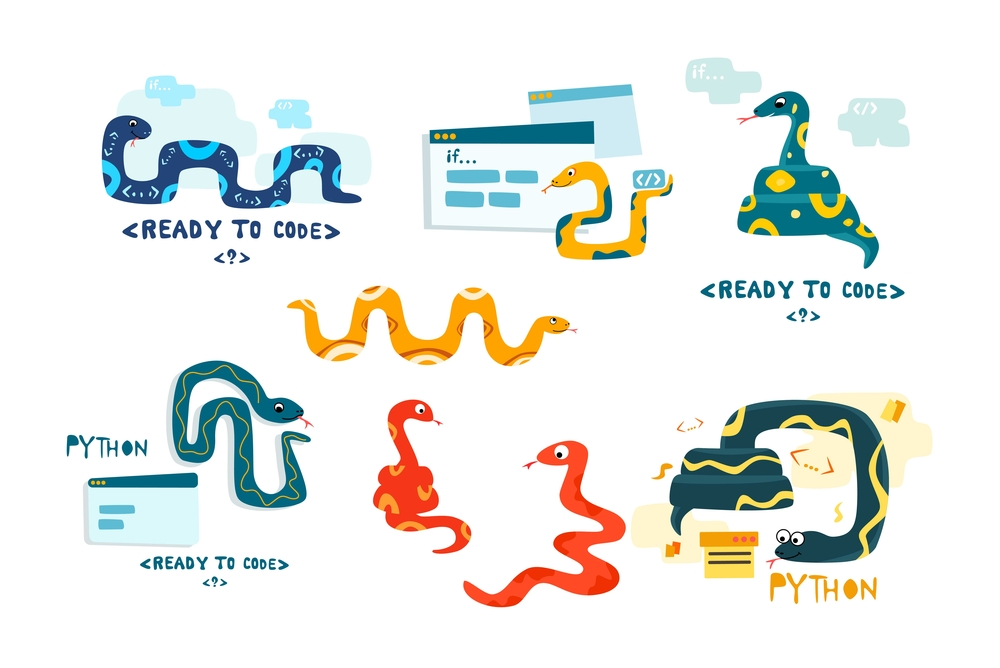
Some of the fundamental elements of Python that you will need to learn and understand to master Python programming language include:
- Variables: Variables are like containers that hold different types of data, such as numbers or text. They give names to values, making it easier to refer to them later in the Python code.
- Data Types: Python has several built-in data structures, including integers (whole numbers), floats (decimal numbers), strings (text), booleans (True or False), lists (ordered collections), and dictionaries (key-value pairs).
- Operators: Python provides various operators to perform operations on data. These include arithmetic operators (+, -, *, /), comparison operators (>, <, ==), and logical operators (and, or, not).
- Control Flow: Control flow statements allow you to control the execution order of your code. This includes conditional statements (if, else, elif) for decision-making and loops (for, while) for repetition.
- Functions: Functions are reusable blocks of code that perform specific tasks. They take input values (arguments) and can return output values.
Functions help in organizing code and making it more modular. - Modules: Python modules are collections of functions, variables, and classes that can be imported and used in your code.
They provide additional functionality, such as working with dates, handling files, or performing mathematical calculations. - File Management: Python offers powerful tools for working with files. You can create, read, write, and manipulate files using functions and methods provided by the built-in open() function and the os and shutil modules.
- Object-Oriented Programming (OOP): Python is an object-oriented programming language, which means you can create classes and objects to model real-world entities and encapsulate data and behavior within them.
Remember, this is just a glimpse into the fundamental elements of Python. As you progress in your learning journey, you’ll discover more features and concepts that make Python such a versatile and powerful language.
Now let’s talk about learning Python as a beginner.
Learning Python as a Beginner
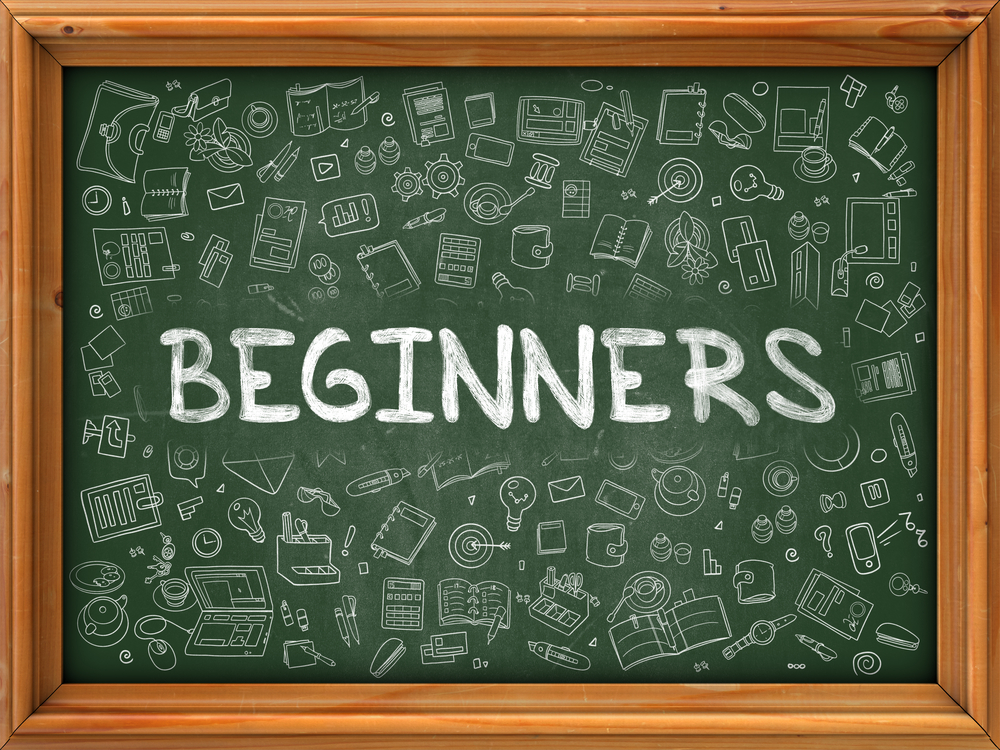
As we’ve already mentioned, Python is thankfully a very beginner-friendly programming language. But as a beginner, you may have apprehensions and questions about learning Python.
Here are the answers to some of the questions and concerns that you may have as a beginner.
Should You Learn Python 2 or Python 3?

It may be confusing to see more than one version of Python. So which is the best version to learn?
You should focus on learning Python 3. While Python 2 was widely used in the past, it has reached its end of life and is no longer receiving official support or updates.
Python 3 offers numerous improvements, including enhanced syntax, better Unicode support, and an expanded standard library. It also has a stronger emphasis on future compatibility.
By learning Python 3, you’ll ensure that you’re equipped with the most up-to-date skills and can take advantage of the latest features and advancements in the language.
Is Python Hard to Learn?

Thankfully, Python is considered one of the easiest programming languages to learn. Its readable and basic syntax makes it beginner-friendly and allows you to focus more on problem-solving and less on complex language rules.
There are also endless tutorials and an active Python community to fall back on when you need a little help. We’ll give you some of the top Python resources you can go to for training and support in your learning journey.
With a little patience, practice, and perseverance, you’ll find that Python is an excellent choice for diving into the world of programming, regardless of your prior experience.
Can You Teach Yourself Python?

Absolutely! Python is a programming language that lends itself well to self-learning. With the abundance of online resources, tutorials, and interactive coding platforms available, you can teach yourself Python at your own pace and convenience.
The EnterpriseDNA platform includes hundreds of hours of Pyrthon courses, the best part? You can start learning for free.

The key is to start with the basics, practice regularly, and build your understanding through experimentation and solving real-world problems.
With dedication and self-motivation, you can successfully teach yourself Python and unlock a world of exciting possibilities in programming.
In the next section, we’ll review some of the top resources available for beginner and advanced Python learners.
Best Tools and Resources for Learning Python

When learning Python, there are several tools and resources available that can help you grasp the language more efficiently and effectively.
Here are some popular resources that can help you master Python:
- Online Courses: Educational platforms like Coursera, Udemy, and Enterprise DNA offer a variety of online Python courses, ranging from beginner-friendly introductions to advanced topics. These courses often include video lectures, quizzes, and hands-on exercises to reinforce your learning.
Google’s Python Class also offers a free class for individuals with some programming experience who want to learn Python. The class includes written materials, lecture videos, and practice exercises for a hands-on learning experience. - Interactive Learning Platforms: Websites like Codecademy, DataCamp, and SoloLearn provide interactive Python tutorials and coding exercises.
They offer a hands-on learning experience where you can practice coding in a browser-based environment.
For working with specific libraries and frameworks, online resources like NumPy (for numerical computing), Pandas(for data manipulation and analysis), and TensorFlow (for machine learning) provide detailed documentation and tutorials. - Documentation and Official Resources: The official Python website offers comprehensive documentation, tutorials, and guides covering all language aspects. It’s a valuable resource for understanding Python’s syntax, standard library, and best practices.
- YouTube Tutorials: Many content creators on YouTube share Python tutorials catered to beginners. Channels like Enterprise DNA, Corey Schafer, and FreeCodeCamp offer in-depth Python tutorials, covering various topics and providing step-by-step guidance.
Here is an example of a YouTube tutorial offered by Enterprise DNA:
- Books and eBooks: There are numerous Python books available, such as “Python Crash Course” by Eric Matthes, “Automate the Boring Stuff with Python” by Al Sweigart, and “Learning Python” by Mark Lutz.
These books provide structured learning paths and explanations for different Python concepts. - Practice Platforms and Coding Challenges: Websites like LeetCode, HackerRank, and Codewars offer coding challenges and practice problems to sharpen your Python coding skills.
Solving these challenges can help you reinforce your understanding and improve your problem-solving abilities.
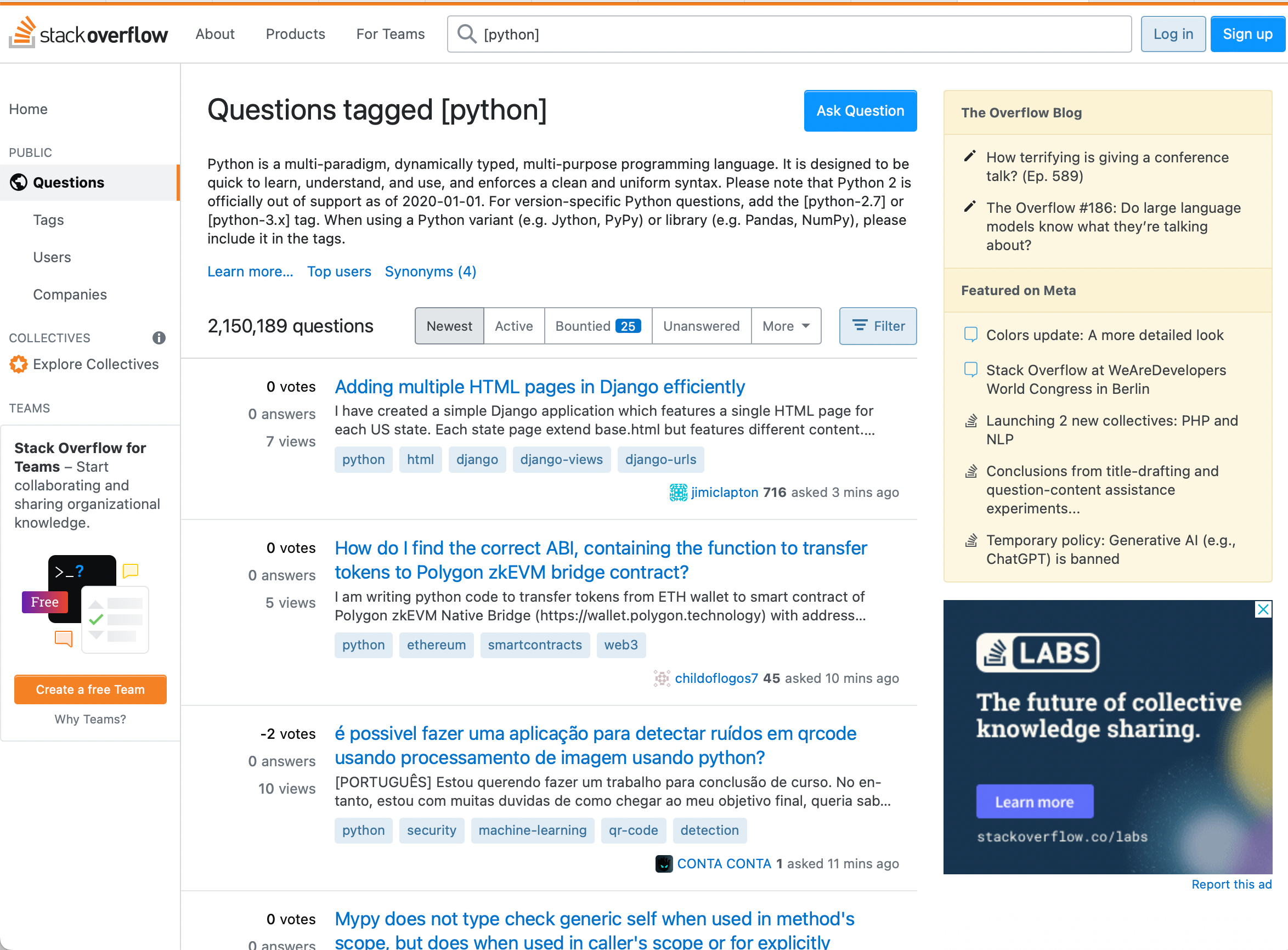
- Community Forums and Discussion Boards: Online communities like Stack Overflow, Discord, and Reddit have dedicated Python communities where you can ask questions, seek guidance, and engage in discussions with experienced Python developers.
- GitHub: GitHub is a powerful platform for collaborating and sharing code with others. Numerous Python projects and repositories can be found on GitHub, allowing you to see how other developers have used Python in different contexts. You can also contribute to open-source projects to practice your skills and learn from others.

Remember, the key is to explore different resources and find the ones that resonate with your learning style.
Also, combining multiple resources can provide a well-rounded and comprehensive learning experience as you embark on your Python journey.
Beyond plugging into the resources we have mentioned to help you in your Python journey, let’s go over some tips to help you make the most of this journey in the next section.
Tips for a Successful Python Journey

To make the most of your Python learning journey, follow these tips with a confident and clear mindset.
- Code every day: Consistency is key in mastering any skill. Aim to practice Python for a dedicated amount of time daily, even if it’s just for a few minutes. This helps reinforce your learning.
- Write it out: Writing code by hand can help improve your understanding and muscle memory. Practice coding on paper and then type it into an editor to see if it works correctly.
- Go interactive: Python has an interactive mode where you can enter code and see the results immediately. Leverage this to explore different concepts and iterate quickly.
- Take breaks: Give your brain some room to digest new information. Taking regular breaks during your learning sessions can help mitigate cognitive overload and keep you fresh.
- Seek collaboration: Engage with the Python community by participating in discussion forums, attending workshops, or even contributing to open-source projects. This not only enhances your skills but also expands your network within the field.
- Pair programming: Collaborate with fellow Python learners or experienced developers through pair programming. It’s a great way to learn from others, share knowledge, and even build your portfolio.
- Teach others: Sharing your Python knowledge with others can solidify your understanding and reveal new perspectives or areas for improvement.
Remember, different students learn Python at different paces, and it might take anywhere from two to six months to gain a strong foundation in Python. Dedicate time, stay persistent, and tap into the supportive Python community to successfully navigate through your learning journey.
Now, if you’re still anxious about learning Python, let’s take a look at some of the rewards that come along with mastering Python in 2023.
Is It Worth Learning Python in 2023?

With the developing industry growing at such a fast rate, you may be wondering if learning Python is still the best way to start. Let’s start by looking at what you can do as a Python developer.
What Can You Do With Python?

Python is a versatile programming language with a vast array of applications, making it a popular choice for a wide range of tasks.
Here are some of the exciting things you can do with Python:
- Web development: Python can be used to build dynamic and interactive websites and web applications. Frameworks like Django and Flask provide a robust foundation for creating web projects with ease.
- Data analysis: Python has powerful libraries like Pandas and NumPy that make data manipulation, data analytics, and data visualization a breeze. It’s widely used in data science for exploring and gaining insights from large datasets.Google Analytics, for example, uses Python to process and analyze vast amounts of web traffic data.
- Automation and bots: Python is an excellent choice for creating automated processes and bots thanks to its simplicity and extensive library support.Many organizations, including Netflix and Facebook, rely on Python scripts to automate mundane tasks, such as data collection and system maintenance.
- Artificial intelligence and machine learning: Python’s simplicity and an array of libraries like TensorFlow and PyTorch make it a top choice for machine learning and AI projects. You can create chatbots, image recognition systems, and much more.
- Game development: You can create games using Python and popular libraries like Pygame, making it an accessible language for aspiring game developers.
- Marketing and analytics: Python’s data manipulation and machine learning capabilities are invaluable for digital marketers and web analysts.
Also, the language enables marketers to sift through vast amounts of user data, generating insights that help them optimize campaigns and improve audience targeting.
Furthermore, platforms like Facebook and Google rely on Python for many of their analytics processes, further demonstrating its value in this field. - Mathematical and scientific computing: Python’s support for advanced mathematical operations and scientific simulations has made it a popular choice in academia and research.
Also, the language boasts powerful libraries like SciPy for mathematical calculations and TensorFlow for deep learning, making it an ideal choice for solving complex problems in fields such as physics, engineering, and finance.
The possibilities with Python are virtually limitless, and its vast community ensures that you’ll find support, libraries, and tools for almost any project you can imagine.
And if you have money and a career on your mind, learning Python could open you up to a growing and lucrative career.
Career Outlook with Python

Demand for Python programmers increased by 41% worldwide in 2022, and it would be no surprise if we continued to see that demand grow in 2023 and beyond.
Some of the roles that you can look forward to as a Python expert include:
- Python Developer
- Software Developer
- Machine Learning Engineer
- Data Scientist
- Data Engineer
- Data Analyst
And it’s not just the demand for these roles that is increasing, the salaries are also creeping up.
According to Glassdoor, the average base pay you can expect as a Python developer is around $113,608 a year with additional cash compensation averaging at $15,125.
And if you advance to a senior software developer position, you can expect an increased average of $150,209 a year.
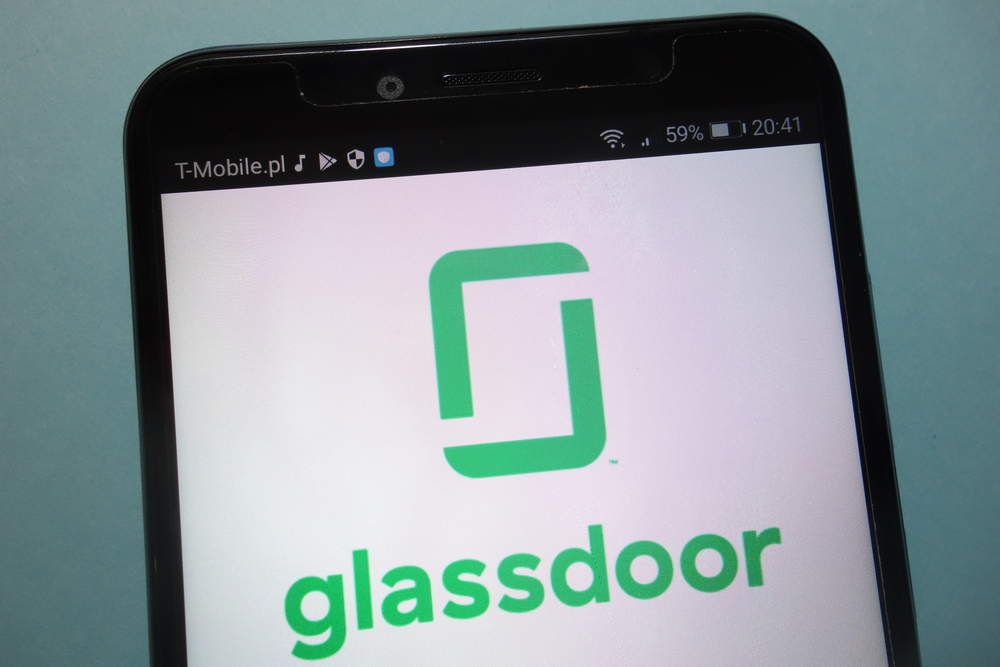
Large companies like Google are listed as paying even more, with a Google Python developer earning an average of $210,300 a year.
Clearly, your hard work learning Python can be handsomely rewarded in the current market, and set you up for a high-earning position with exciting growth opportunities.
Final Thoughts
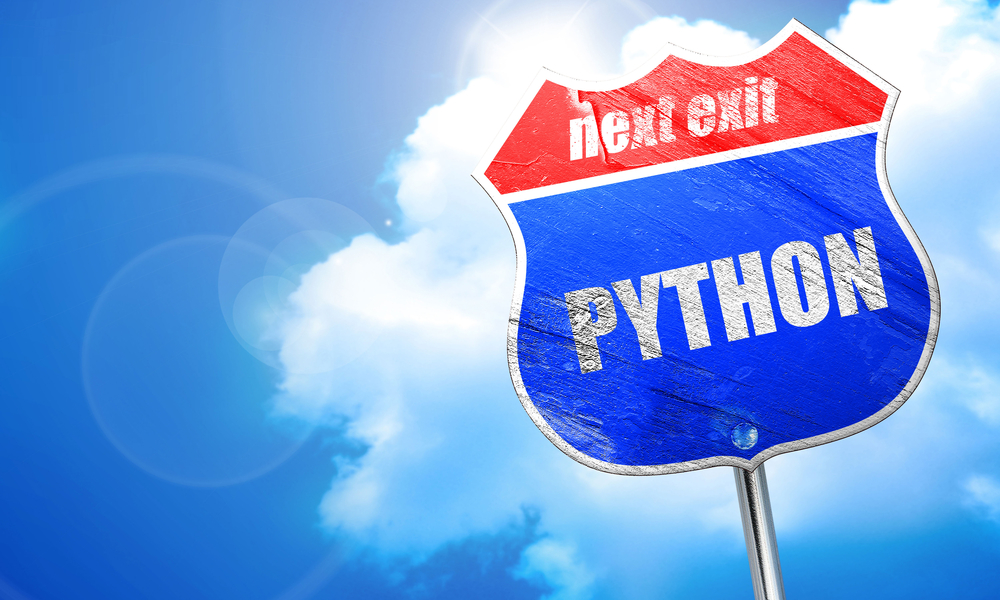
Learning Python is an ongoing journey, and there’s always something new to explore. So whether it takes you two weeks or two years, always remember to embrace the progress you’ve made so far and celebrate the knowledge you’ve gained.
Whether you’ve just scratched the surface or have delved deep into Python’s wonders, you’ve taken a significant step toward becoming a proficient coder.
The beauty of Python lies in its endless possibilities, from web development to data science, from automation to AI. So, keep challenging yourself, stay curious, and let your passion for coding continue to drive you forward.
Happy coding, and may your Python journey lead you to greater heights!
Frequently Asked Questions
Do I need to be good at math to master Python?
No, you don’t need to be exceptionally good at math to master Python. While math can be helpful for certain advanced applications, Python’s versatility allows you to build a wide range of projects without requiring deep mathematical knowledge.
What is the typical time frame for learning Python?
The typical time frame for learning Python depends on your goals and your prior experience with programming. Generally, it takes around two to six months to learn Python basics. Mastering the basics of the language, which includes input/output, conditional statements, loops, and arrays, could take three to six months for most people.
But you may be ready to complete some Python-powered tasks in as little as two weeks if you can dedicate a significant amount of time to your training.
How quickly can one learn Python for data analysis?
To learn the Python language for data analysis, you will need additional time beyond mastering the basics of the language. This is because you’ll also need to learn data manipulation, visualization, and statistical techniques.
Depending on your commitment and learning pace, it could take four to twelve months to become proficient in Python for data analysis, especially if you’re pursuing a career in data science.
Is it possible to learn Python in a month?
While it’s possible to grasp Python fundamentals in a month, it’s essential to recognize that true mastery of a programming language takes time and practice.
In a month, you can gain enough knowledge to write simple programs or scripts, but you’ll need to continue learning and practicing to advance your skills.
What is the estimated time to learn Python for employment?
Learning Python with the goal of employment will require patience and commitment, as you need to acquire more advanced knowledge and skills.
The time frame for learning Python to be job-ready typically ranges from four months to a year or more, depending on the job requirements and your prior experience.
To increase your chances of securing employment, you should also focus on building a strong portfolio of Python projects.
Can someone with no programming knowledge learn Python easily?
Yes, Python is an excellent language for beginners due to its clear syntax and readability. Even if you have no prior programming experience, you can learn Python by starting with basic concepts and gradually progressing to more advanced topics.
As with any new skill, practice, and persistence are key to becoming proficient in Python.
How does learning Python compare to learning other programming languages?
Python is often considered one of the easiest programming languages to learn, especially for beginners.
Its syntax is straightforward, and the language is designed to be readable and concise. Compared to other programming languages, such as Java, C++, or JavaScript, Python can be learned more quickly and with less complexity.
That being said, learning any new programming language takes time and effort, and each one has its unique challenges.




